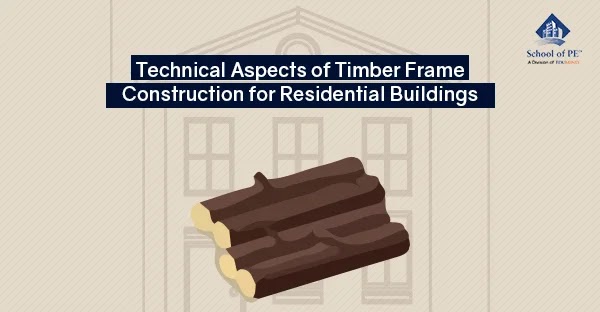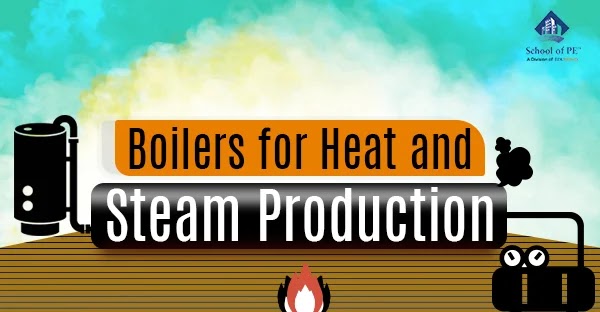Table of Contents
An overview of seashore protection
Seashores are the land along water that generally contains natural materials like sand, gravel, pebbles, cobbles, rock, and sea shells. Healthy seashores protect people and property along the coasts from winds and storms. The shore's dimensions, shape, and sand volume help protect the shore from storms. Seashores have numerous elements like bluffs, dunes, berms, and offshore sand bars, which are natural protection systems against storms. These elements protect shores by absorbing and driving away the energy of breaking waves, either seaward or on the shore itself. Surveying across the shore for its protection is always recommended for cost-effective engineering solutions. Surveying fundamentals and engineering calculations are topics that are reviewed in FE exam review courses.

Availability of natural minerals and methods of shore protection
Sand is made up of natural minerals like quartz and feldspar. Quartz is a compound of silicon dioxide, which is the most abundant mineral available in sand, and it is very hard and durable. Shoreline erosion is a critical aspect to consider. Erosion not only affects property loss but also sediment discharge into the seas. Whenever sea levels raise, it induces serious effects on coastal surroundings. When seawater levels extend beyond the level of retention, it causes flooding and destructive erosion. Coastal engineers are responsible for the prevention and protection of the shoreline. Soil erosion is the slow destruction of land and the removal of sandbank sediments by waves or wave currents. Shoreline erosion is a common and imperative disaster for many communities. The shores can be protected by either structural methods or by regular conventional methods. Structural methods include breakwaters, seawalls, perched beaches, dikes, and levees. Conventional methods include flood proofing, groundwater drainage, and sand bypassing. These protection methods are discussed in the water resources engineering section of fundamentals of engineering exam review courses.
Coastal engineers and their responsibility
The key responsibility of a coastal engineer is to protect seashores from soil erosion. Engineers protect harbors by developing offshore barriers along with other marine structures. Generating a safe shelter for vessels is essential for seaport logistics. An engineer has to pay special attention to the coast for natural development. Another responsibility is maintaining and improving public access to the beach. The major responsibility of engineers is to reduce pollution and enhance the sustainable use of sea water. Engineers with their FE exam certification should recommend the standard structures for shoreline protection. They should certify that the materials used for construction are durable and that the structures are designed to withstand the force of sea waves.




